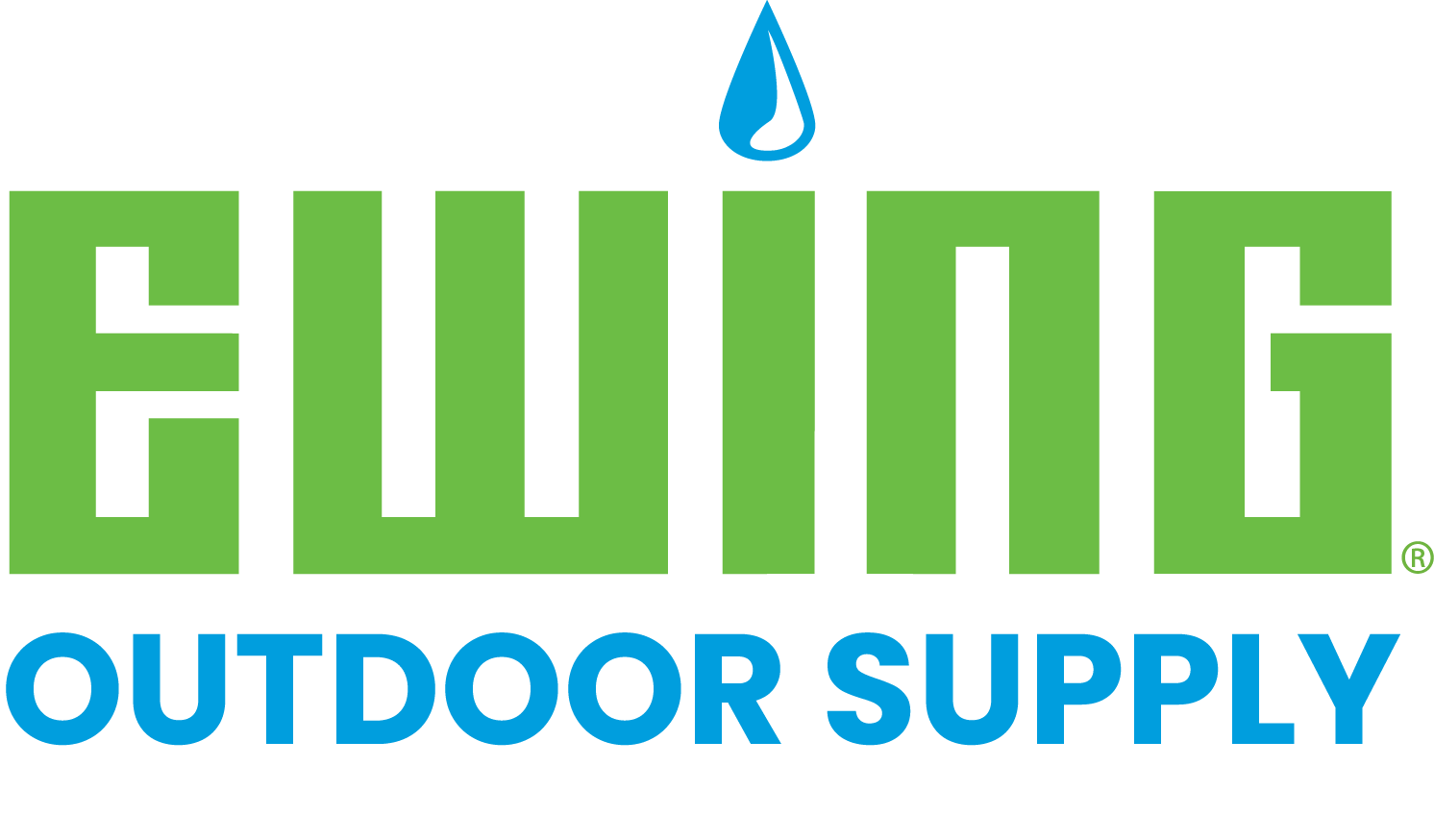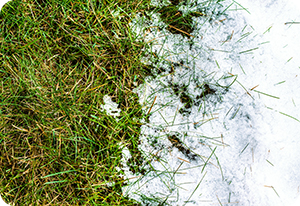Before the onset of the first freeze, it is essential to blow out irrigation systems in preparation the arrival of winter. As temperatures drop and create freezing conditions, the cycling of freezing (expanding) and thawing (contracting) of any remaining water in the irrigation system can cause damage to the system and its components.
There are a few methods to choose from when preparing for the winterization of an irrigation system.
Manual Drain Method
If your system has manual valves located at the end and low points of the irrigation system piping, use the manual drain method. To drain these systems, shut off irrigation water supply and open all of the manual drain valves—and allow gravity to help draw water out of the system.
Next, open the test cocks on the backflow device to drain any water remaining in the piping system between the irrigation water shut off valve and the backflow device.
If your sprinklers have an in-stem check-valve, gently pull up the nozzle stems to allow any water to drain out.
Once these steps are completed, you can close all of the manual drain valves to complete the irrigation system winterization process.
Automatic Drain Method
A second option is the automatic drain method, typically used when automatic drain valves are located at the end and low points of an irrigation system, and if the water pressure is less than 10 psi.
To begin the process, shut off the irrigation water supply, and activate one station at a time to relieve the system pressure and drain any remaining water from the system. Next, open the test cocks on the backflow device to drain any water remaining in the piping system between the irrigation water shut off valve and the backflow device.
Blowout Method
For an irrigation system featuring a mainline of two inches or less in diameter, the blowout method uses an air compressor to remove remaining water from the irrigation system using air pressure.
It is important that you use a compressor that has sufficient horsepower (HP) to accomplish the task; for example, a compressor listed at 1-3 HP won’t supply enough compressed air to flush the system dry. The maximum air pressure you will want your compressor to emit is 80 psi; anything over 80 can potentially damage your irrigation system components.
Shut off the irrigation water supply. Remove any flow sensors prior to injecting compressed air into the pipes. Make sure the compressor valve is in the closed position, and then connect the air compressor to the mainline at the quick coupler, hose bib or other type connection on backflow device.
Close the backflow isolation valves, and then slowly open the valve on the compressor.
You may operate each zone manually, or using the irrigation controller. Each zone should be started independently; begin by activating the station for the zone located furthest from the compressor, and work your way back to the station/zone located nearest the irrigation controller. Each station should be activated for approximately two minutes, or until no water can be observed exiting the sprinkler heads.
Once the water has been removed from the irrigation system, disconnect the air compressor to release any remaining air pressure. Open and close the isolation valves on the backflow device several times, and open the test cocks.
No matter the method, employing proper and consistent irrigation system winterization techniques will save time with hassle-free spring irrigation system start-ups and result in happier clients.




